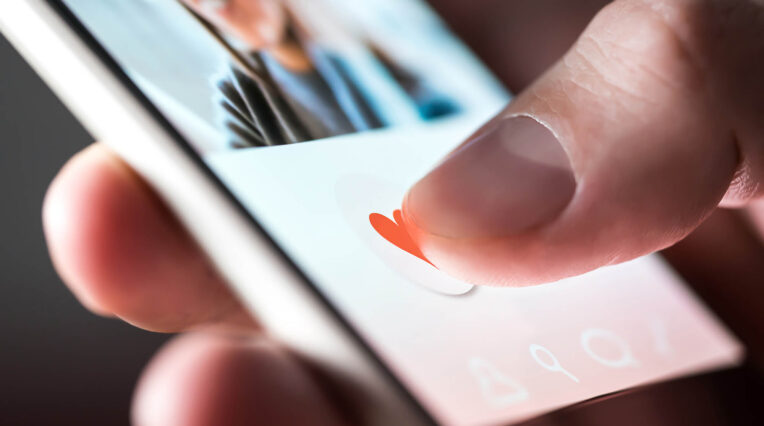Paid media | 11/06/2018
Micro-influencers: why you need to reach out
The term influencer is bandied about so often these days that many tend to avoid dipping their toes into the pool of outreach altogether. We’ve all seen social posts from reality TV stars holding the latest brand of tooth whitening paste or Skinny Tea in a totally-not-staged photo, t-shirts rising up to reveal oiled, rock-hard abs. The thing is, celebrity influencers aren’t as powerful as you might think. When was the last time you thought “I really must buy those hair strengthening tablets!” when scrolling past a glossy, blow-dried candid?
Consumer awareness has rocketed in the last few years, with more of us seeking honesty and value in brands than ever before. A research survey by Ipsos last summer found that consumers don’t perceive their own lives to be represented by brands, particularly those living outside of London. The same thinking can be applied to celebrity and high-follow influencers, as we begin to question the authenticity of the perfectly curated content we see online and sigh at the unattainable lifestyles they lead. This is where the micro-influencer comes in.
Whilst an often contended definition, generally micro-influencers are those whose social platforms (Instagram, particularly) have followings in the low thousands but, most significantly, with highly engaged audiences. Let’s take a look at how micro-influencers can help you reach loyal audiences and achieve a better conversion rate, as well as the common mistakes brands make with outreach campaigns.

Follower count does NOT equal engagement
One of the most common mistakes brands make is adopting a shallow perception of what will gain the most exposure for their product or service. Searching for the most popular lifestyle bloggers in the UK will undoubtedly display those with followers in the hundreds of thousands, but take a closer look at their channels. Are they talking to their audience? I don’t just mean with generic “Tell me about your favourite spot for brunch” captions; are they really engaging with users and creating discussion? Often, you’ll find the answer is no, or that many posts may garner hundreds or thousands of likes but receive no authentic engagement at all.
We’ve seen plenty of micro-influencers with less than 2000 followers actively generating comments, discussion and interest through their content, compared to the celebrity-endorsed posts we discussed earlier. Ask yourself, which will you remember later on?
Beware of the bots
It’s a sad fact that as bloggers hurtled into the spotlight for advertising campaigns, competition got pretty nasty. Just like those influencers with the all-likes-no-engagement posts, it seemed some were suddenly doing suspiciously well and landing paid work as a result. Black-hat practices such as like and follower buying, mass follow and unfollow rampages and automated bots were, and continue to be, adopted.
The good news is, it’s pretty easy to spot and you’ve probably already encountered a whole lot of automated “Nice!!” comments popping up on your own content. Bear this in mind when doing your influencer research and ask yourself: do I want to be a part of this game? What will it do for my brand’s reputation?
Micro-influencers are relatable
I don’t know about you, but I don’t have a clue who most of the macro-influencers and bloggers are right now (should I admit that as a content professional?). Widen your search past London and you’ll discover pools of local communities of bloggers and content creators, amassing loyal followings of their own and successfully promoting lifestyle, fashion and food brands alike. Why? Because these locals are the ‘every’ person that you could see in your favourite coffee shop. Their content is relatable and engaging, you trust their opinion and maybe you like the way they style their outfits.
Most micro-influencers show a genuine passion for brands they love and produce organic content based on this loyalty, long before they land collaborations with them. Working with your existing customer base means, despite a smaller reach than macro-influencers, you’re targeting the people you want to buy into you. Ask yourself: which is better for my ROI? With user-generated content contributing to a 4.5% higherconversion rate, and a minimised risk of negative press, micro-influencers can help you generate a better return that saves both time and money.
At Cobb Digital, we believe in creating quality and meaningful content to help get your brand seen. If you are looking for guidance, or would like to speak to us about how we can help you maximise the return on your marketing efforts, get in touch with us.





